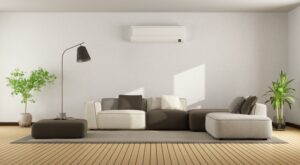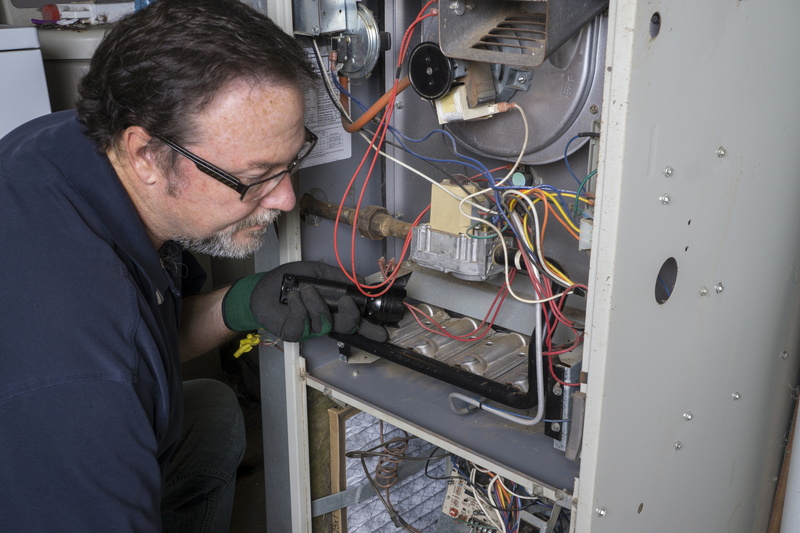Heat pumps offer a number of terrific advantages for home comfort: they are efficient, rely entirely on a readily available energy source, hook up to pre-existing ductwork, and score high in home safety. But the number one advantage, and the reason most homeowners who choose heat pumps became interested in them in the first place, is that they work as both heaters and air conditioners. Heat pumps manage this feat through a single process; they are not a separate heater and AC system packaged within a single cabinet. In this post, we will provide you with a simple breakdown on how heat pumps manage their useful dual-function.
If you think that heat pump installation in Lincolnwood, IL is your best option, contact Shavitz Heating and Air Conditioning today to schedule a service appointment. We have been in business almost as long as mechanical air conditioning of any kind has existed.
Heat Pump Operation Basics
At its core, a heat pump is almost identical to a standard central air conditioning system. Like an AC, a heat pump has an indoor and outdoor unit. The outdoor unit contains a compressor that places a chemical blend of refrigerant (sometimes known by the trademarked name “Freon”) under high pressure in order to cause the refrigerant to circulate through the system. The refrigerant absorbs heat from one set of coils, and then releases the heat through a second set of coils. The movement of heat from one place to another is what allows the system to alter temperatures inside a building.
With a standard air conditioner, the refrigerant only travels in one direction: it moves from the compressor to the outdoor coil, where it releases heat. Cooled down, the refrigerant then moves to the indoor coil, where it absorbs heat and lowers the indoor temperature for the blower fan to send the air through the ventilation system and into the rooms. The refrigerant then returns to the compressor to renew the cycle.
A heat pump does this same process when in cooling mode. However, thanks to the presence of a component called the reversing valve, it can switch the direction of refrigerant flow. The refrigerant moves from the compressor to the indoor coil first, where it releases its heat and warms up the air for distribution. It then travels to the outdoor coil and absorbs heat before re-entering the compressor. This is heating mode, and it only requires a single change on the thermostat to switch from cooling mode to heating mode.
Call Us for Heat Pump Installation
For quality heat pump installation in Lincolnwood, IL, you must have the service of professionals. Few heating and cooling contractors in Chicagoland have more experience and training for this job than Shavitz Heating and Air Conditioning. Let us determine if a heat pump is right for your home, and then size the unit and install it so that your household receive years of quality comfort.
Continue Reading
Tags: Heat Pump Installation, Lincolnwood
Posted in Heating | Comments Off on How Heat Pumps Work as Both Air Conditioners and Heaters




